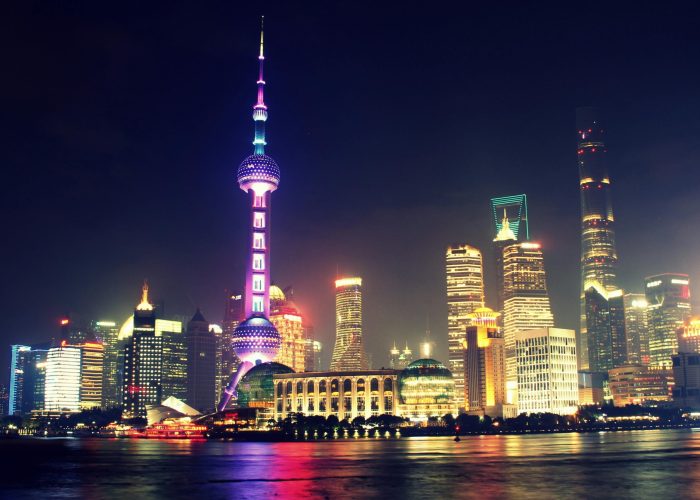
Asia
“Welcome to Asia Facts, your ultimate resource for exploring the captivating continent of Asia. From the Arctic’s icy expanses to the Indian Ocean’s tropical paradises, Asia stands as the largest and most populous continent on our planet. With its diverse cultures, rich histories, and varied landscapes, Asia is a realm of juxtapositions, where ancient traditions coexist with cutting-edge advancements. Join us on a journey through Asia’s enchanting tapestry, as we uncover its iconic landmarks, hidden treasures, and the compelling narratives that define this dynamic and ever-changing part of our globe.”
History
The history of Asia is as diverse and complex as the continent itself, spanning thousands of years and encompassing countless civilizations, cultures, and events.
Here’s a condensed overview:
Ancient Civilizations: Asia is home to some of the world’s oldest civilizations, including Mesopotamia, the Indus Valley Civilization, ancient China, and ancient India. These civilizations flourished along the fertile river valleys of the Tigris and Euphrates, the Indus River, the Yellow River, and the Ganges River, respectively. They made significant contributions to human history in areas such as agriculture, writing systems, trade, and philosophy.
Classical Periods: During antiquity, Asia witnessed the rise and fall of several classical empires, such as the Persian Empire, the Maurya Empire, the Gupta Empire, and the Han Dynasty. These empires expanded their territories, developed advanced administrative systems, and made important cultural and scientific advancements.
Medieval and Early Modern Era: The medieval period in Asia saw the spread of major religions such as Islam, Buddhism, and Christianity, as well as the emergence of powerful Islamic caliphates, such as the Abbasid Caliphate and the Ottoman Empire. The Mongol Empire, led by figures like Genghis Khan and Kublai Khan, also left a significant imprint on Asian history, facilitating trade and cultural exchange across the continent.
Colonialism and Imperialism: From the 16th to the 20th centuries, European powers such as Britain, France, Portugal, and the Netherlands established colonial empires in Asia, exploiting its resources and dominating its societies. This period saw the subjugation of many Asian nations and the introduction of Western ideas and technologies.
Modern History: The 20th century brought significant changes to Asia, including decolonization, the rise of nationalist movements, and the Cold War rivalry between the United States and the Soviet Union. Asia was also deeply affected by major conflicts such as World War II, the Korean War, and the Vietnam War. The latter half of the 20th century witnessed rapid economic growth and development in countries like Japan, South Korea, Taiwan, and China, leading to the emergence of Asia as a global economic powerhouse.
Contemporary Asia: In the 21st century, Asia continues to play a crucial role in global affairs, with countries like China, India, Japan, and South Korea wielding significant political, economic, and cultural influence. The region faces various challenges, including geopolitical tensions, environmental issues, and socioeconomic disparities, but it also offers immense opportunities for cooperation and progress.
Overall, the history of Asia is a testament to the resilience, creativity, and diversity of its peoples, shaping the course of human civilization for millennia.
Facts About Asia
Sure, here are some shorter fascinating facts about Asia:
Asia is the most populous continent, home to over 60% of the world’s population.
Mount Everest, the world’s tallest mountain, is located in Asia.
The Yangtze River in China is Asia’s longest river.
The Great Wall of China stretches over 21,000 kilometers (13,000 miles) across northern China.
Asia is incredibly diverse, with thousands of languages spoken and a wide range of ethnic groups and cultures.
Asia has been the birthplace of many innovations and inventions, including papermaking, gunpowder, and printing.
Some of the world’s largest cities, like Tokyo and Delhi, are located in Asia.
Asia is home to unique wildlife such as the Bengal tiger, giant panda, and Komodo dragon.
Asian cuisine, including dishes like sushi, curry, and noodles, is celebrated worldwide for its variety and flavors.
The Indus Valley Civilization in present-day Pakistan and northwest India is one of the world’s oldest urban civilizations, dating back to around 2500 BCE.


